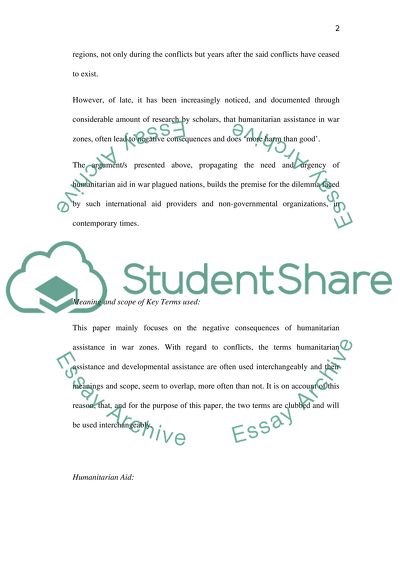Cite this document
(“Humanitarian Assistance in War Zones Research Paper”, n.d.)
Retrieved from https://studentshare.org/humanitarian/1575637-humanitarian-assistance-in-war-zones
Retrieved from https://studentshare.org/humanitarian/1575637-humanitarian-assistance-in-war-zones
(Humanitarian Assistance in War Zones Research Paper)
https://studentshare.org/humanitarian/1575637-humanitarian-assistance-in-war-zones.
https://studentshare.org/humanitarian/1575637-humanitarian-assistance-in-war-zones.
“Humanitarian Assistance in War Zones Research Paper”, n.d. https://studentshare.org/humanitarian/1575637-humanitarian-assistance-in-war-zones.


